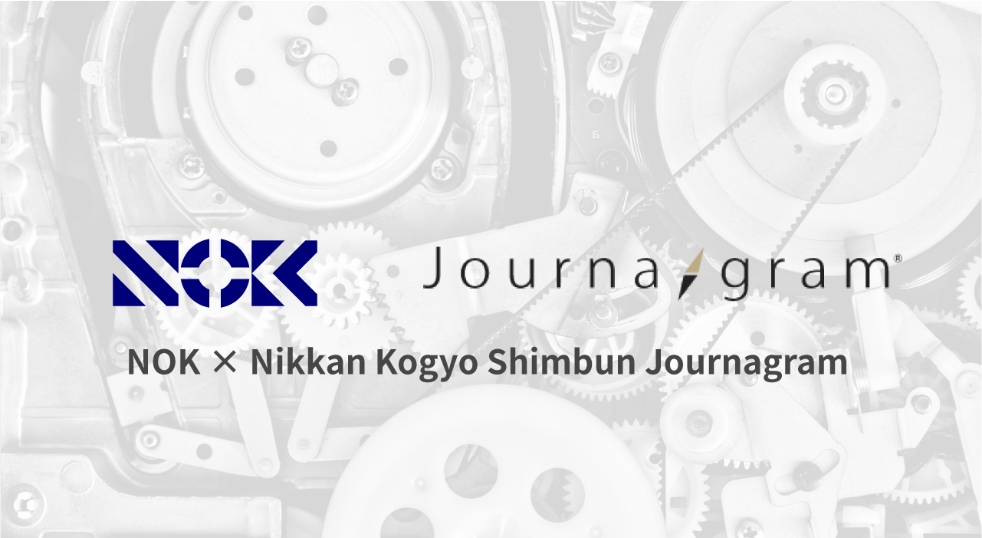Advancing Low-Friction Sealing with Polymer Brushes
Pursuing higher performance with advanced surface treatment technology. The company’s core sealing products, including oil seals and O-rings, are expected to deliver both airtight performance that prevents leaks and low friction that improves energy efficiency in machinery. These two qualities are often in tension, but NOK continues to refine both through ongoing R&D focused on surface functionality, materials, and component design, centered at its Shonan R&D Center in Fujisawa, Kanagawa. In recent years, this work has expanded to include polymer brushes, a surface treatment technology gaining attention worldwide. Rather than focus solely on short-term gains, NOK is pursuing mid to long-term research to improve the performance of its sealing products.


